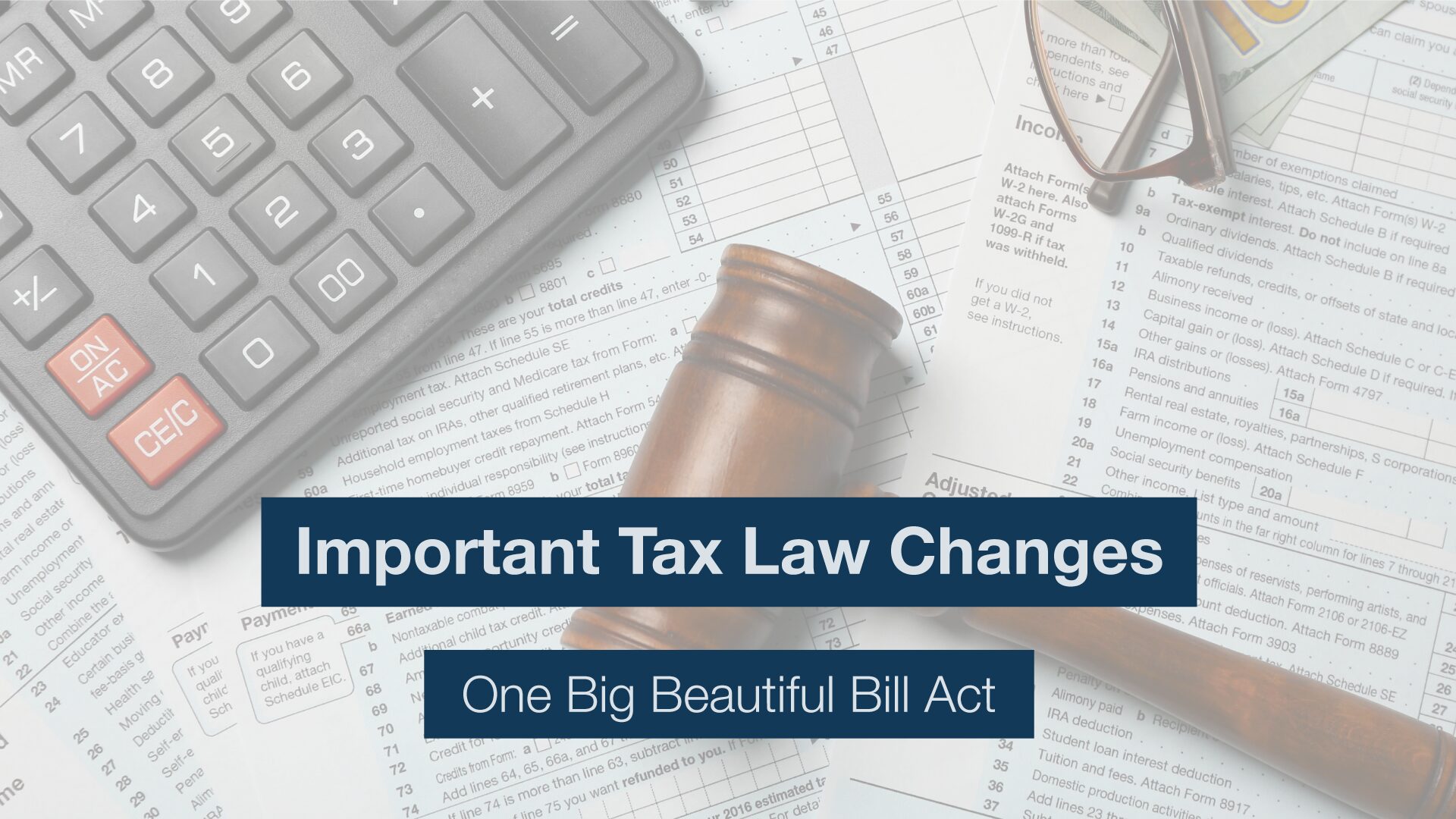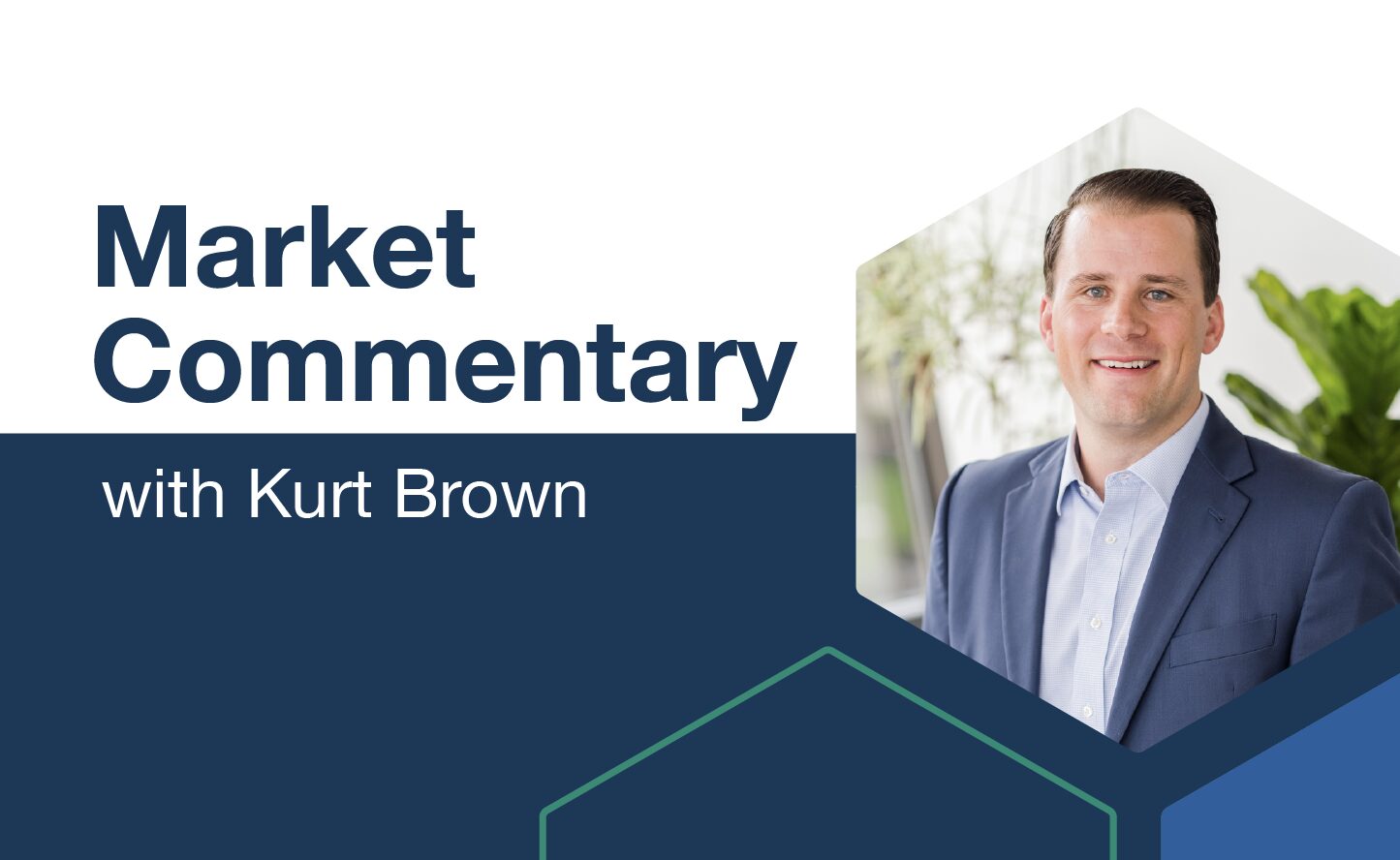March 2018 Financial Markets Summary
The month of February was a sharp contrast to what we experienced in 2017. Volatility has reared its ugly head as investors became concerned about rising inflation and interest rates. 2017 was a unique year where markets experienced very little volatility, or sharp movements, in either direction. The market just continued to steadily climb with 15 straight months of positive returns, a record number of consecutive months. The Dow Jones experienced an average daily move of just 0.3% in 2017, compared to February’s average move of 1.3%.
We feel that this spike in volatility back to more normal levels is here to stay. Domestic stock markets pulled back about 11.5% from their late January highs, then ended the month up over 6% from these lows. Even with this volatility, the S&P 500 was still positive 1.5% year-to-date.
Why these sharp moves, you may ask? February’s jobs report was strong with record low unemployment. More importantly, we finally started to see wage inflation, which has been nonexistent since the last recession. This caused potential inflation and interest rate concerns to spread across the globe. As a result, the 10-Year Treasury rates spiked by about 0.5% within 60 days (roughly a 20% increase). However, rates are moving higher for the very reason that the stock market had been rising; a stronger economy.
As the Federal Reserve continues their plan to gradually increase interest rates, we feel the 10-Year Treasury and most other rates will follow this upward trajectory. Due to this expectation, PDS continues to advocate shorter-term bonds in client portfolios. They have historically exhibited less downside risk during rising interest rate environments while still generating current income.
As investors, we certainly cannot control the market volatility, but we can control the actions we take to stick to our long-term diversified investment strategy.
| Asset Index Category | Category | Category | 5-Year | 10-Year |
| 3 Months | 2018 YTD | Average | Average | |
| S&P 500 Index – Large Companies | 2.5% | 1.5% | 12.4% | 7.4% |
| S&P 400 Index – Mid-Size Companies | -1.8% | -1.9% | 11.1% | 9.0% |
| Russell 2000 Index – Small Companies | -2.0% | -1.5% | 10.7% | 8.2% |
| MSCI ACWI – Global (U.S. & Intl. Stocks) | 2.5% | 1.0% | 7.9% | 3.9% |
| MSCI EAFE Index – Developed Intl. | 1.9% | 0.3% | 7.0% | 2.8% |
| MSCI EM Index – Emerging Markets | 7.0% | 3.3% | 5.0% | 2.6% |
| Short-Term Corporate Bonds | -0.3% | -0.4% | 1.0% | 2.1% |
| Multi-Sector Bonds | -1.6% | -2.1% | 1.7% | 3.6% |
| International Government Bonds | 3.0% | 3.0% | 1.2% | 2.1% |
| Bloomberg Commodity Index | 3.2% | 0.2% | -8.1% | -8.2% |
| Dow Jones U.S. Real Estate | -9.4% | -9.4% | 6.1% | 6.4% |
Please remember that past performance may not be indicative of future results. Different types of investments involve varying degrees of risk, and there can be no assurance that any specific investment, strategy, or product or any non-investment related content, made reference to directly or indirectly in this newsletter, will be suitable for your individual situation, or prove successful. This material is distributed by PDS Planning, Inc. and is for information purposes only. Although information has been obtained from and is based upon sources PDS Planning believes to be reliable, we do not guarantee its accuracy. It is provided with the understanding that no fiduciary relationship exists because of this report. Opinions expressed in this report are not necessarily the opinions of PDS Planning and are subject to change without notice. PDS Planning assumes no liability for the interpretation or use of this report. Consultation with a qualified investment advisor is recommended prior to executing any investment strategy. No portion of this publication should be construed as legal or accounting advice. If you are a client of PDS Planning, please remember to contact PDS Planning, Inc., in writing, if there are any changes in your personal/financial situation or investment objectives. All rights reserved.



